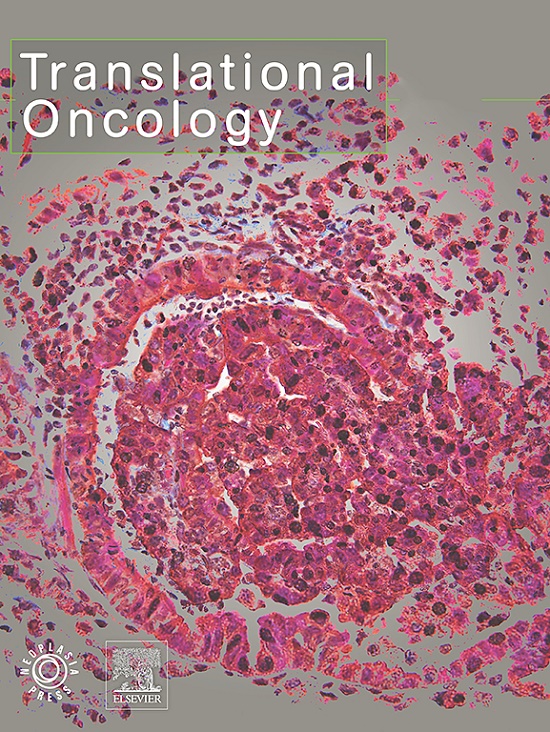In vivo inhibition of angiogenesis by htsFLT01/MiRGD nano complex
IF 5
2区 医学
Q2 Medicine
引用次数: 0
Abstract
The inhibition of angiogenesis is a crucial therapeutic strategy in cancer treatment, as it limits tumor growth and metastasis. In this study, we investigate the anti-angiogenic potential of a novel htsFLT01/MiRGD nanocomplex, designed to target key angiogenesis markers in cancer. This nanocomplex integrates the anti-angiogenic fusion protein htsFLT01 with the MiRGD peptide to enhance its efficacy. Our findings demonstrate that htsFLT01/MiRGD effectively suppresses angiogenesis both in vitro and in vivo, particularly in breast cancer models. Histological and molecular analyses reveal a significant reduction in blood vessel formation, accompanied by structural changes in tumor tissue. Furthermore, the expression levels of key angiogenesis-related genes, including VEGF, VEGFR, and CD31, are markedly downregulated, highlighting the therapeutic potential of this nanocomplex. Beyond its anti-angiogenic effects, the treatment also induces apoptosis and inhibits tumor cell proliferation, reinforcing its role as a promising targeted therapy for angiogenesis-dependent malignancies. These results underscore the potential of htsFLT01/MiRGD in cancer treatment and pave the way for future clinical applications in anti-angiogenic therapies.
htsFLT01/MiRGD纳米复合物对血管生成的体内抑制作用
抑制血管生成是癌症治疗的重要治疗策略,因为它限制了肿瘤的生长和转移。在这项研究中,我们研究了一种新的htsFLT01/MiRGD纳米复合物的抗血管生成潜力,该复合物旨在靶向癌症中关键的血管生成标志物。该纳米复合物将抗血管生成融合蛋白htsFLT01与MiRGD肽结合,以增强其功效。我们的研究结果表明,htsFLT01/MiRGD在体外和体内都能有效抑制血管生成,特别是在乳腺癌模型中。组织学和分子分析显示血管形成显著减少,并伴有肿瘤组织的结构变化。此外,血管生成相关的关键基因,包括VEGF、VEGFR和CD31的表达水平显著下调,突出了这种纳米复合物的治疗潜力。除了其抗血管生成作用外,该治疗还可诱导细胞凋亡并抑制肿瘤细胞增殖,从而增强了其作为血管生成依赖性恶性肿瘤的靶向治疗的前景。这些结果强调了htsFLT01/MiRGD在癌症治疗中的潜力,并为未来抗血管生成治疗的临床应用铺平了道路。
本文章由计算机程序翻译,如有差异,请以英文原文为准。
求助全文
约1分钟内获得全文
求助全文
来源期刊

Translational Oncology
ONCOLOGY-
CiteScore
8.40
自引率
2.00%
发文量
314
审稿时长
54 days
期刊介绍:
Translational Oncology publishes the results of novel research investigations which bridge the laboratory and clinical settings including risk assessment, cellular and molecular characterization, prevention, detection, diagnosis and treatment of human cancers with the overall goal of improving the clinical care of oncology patients. Translational Oncology will publish laboratory studies of novel therapeutic interventions as well as clinical trials which evaluate new treatment paradigms for cancer. Peer reviewed manuscript types include Original Reports, Reviews and Editorials.
 求助内容:
求助内容: 应助结果提醒方式:
应助结果提醒方式:


